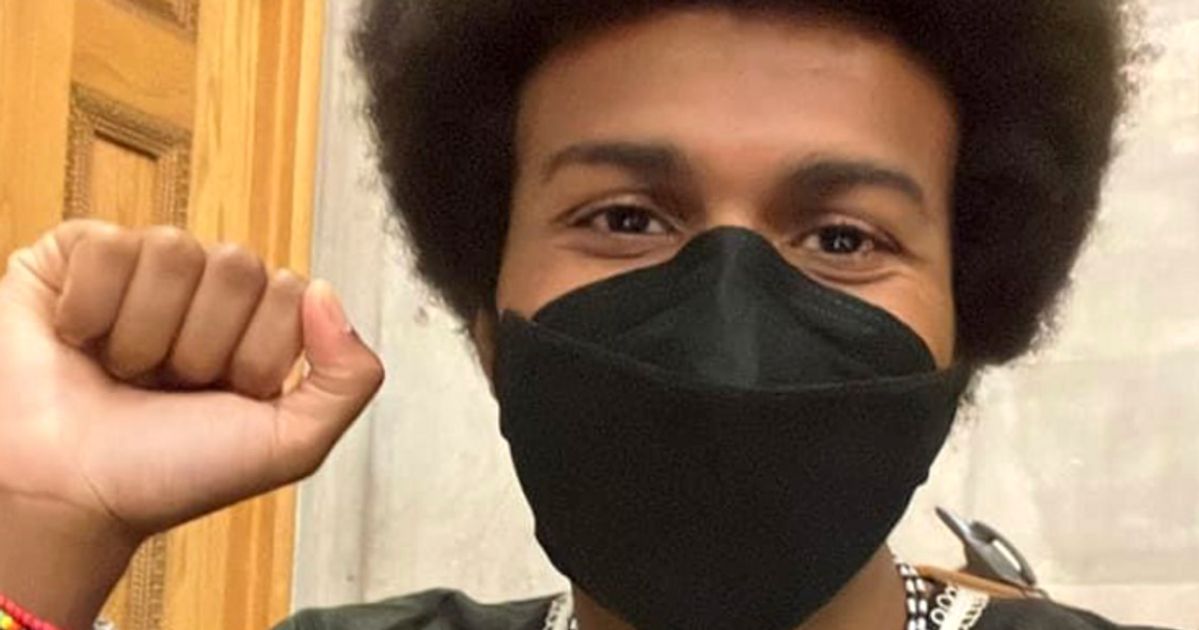Key takeaways:
- Justin Pearson, a first-term Tennessee state representative, defended his decision to wear a dashiki on the floor of the House chamber during his swearing-in ceremony.
- Pearson was scolded by Rep. David Hawk for not adhering to tradition where male lawmakers wear suits and ties on the House floor.
- The debate over Pearson’s attire has sparked a larger conversation about the importance of honoring tradition while also recognizing the need for change.
A Tennessee state representative has defended his decision to wear a dashiki on the floor of the House chamber during his swearing-in ceremony. Justin Pearson, a first-term representative, said he was honoring his ancestors who helped him rise to elected office.
Pearson faced criticism from Republican colleagues who argued that he should “explore a different career opportunity” if he didn’t like decorum rules. He was scolded by Rep. David Hawk for not adhering to tradition where male lawmakers wear suits and ties on the House floor.
In response, Pearson told WMC-TV that donning the garment is a way of “paying homage to the ancestors who made” his opportunity possible. He also noted that there is nothing in the rules about attire at all.
In his floor speech, according to the House speaker’s office, Hawk referred to the late Rep. Lois DeBerry, who as speaker pro tempore established a precedent of men wearing a coat and tie in the chamber.
The debate over Pearson’s attire has sparked a larger conversation about the importance of honoring tradition while also recognizing the need for change. It has also raised questions about the role of attire in the legislative process.



Be First to Comment